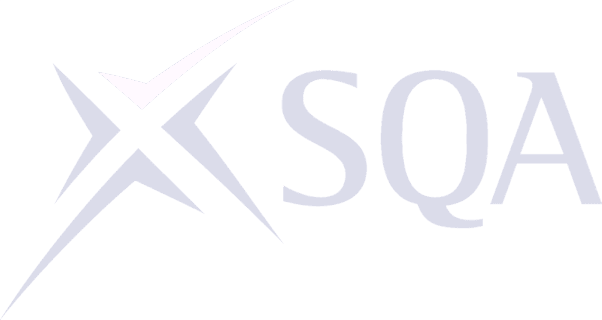The Health and Safety Executive (HSE) recently issued updated guidance on the importance of controlling hazardous substances in the workplace. These reminders are especially relevant to the construction industry, where workers are often exposed to harmful dust, fumes, chemicals, and solvents.
Complying with the Control of Substances Hazardous to Health (COSHH) regulations is not only a legal duty but also a vital part of safeguarding employees' long-term health and ensuring a safe, productive workplace.
COSHH stands for the Control of Substances Hazardous to Health. These UK regulations require employers to control substances that could be harmful to health, including:
Exposure to these substances can lead to a range of health problems, from skin conditions and asthma to repiratory diseases and even cancer.
In construction, common examples include:

Failure to comply with COSHH can have severe consequences:
A recent HSE case illustrates this risk: a chemical company was fined £100,000 after a worker suffered severe burns from a faulty steam hose. Inadequate maintenance and poor safety measures were to blame- highlighting why COSHH compliance is non-negotiable.
Employers must take a structured approach to managing hazardous substances. This includes:

Training is central to effective COSHH management. Workers need to:
Employers should tailor training to their specific workplace and update it regularly. Ongoing refresher courses help ensure safety standards remain high and that businesses stay compliant with HSE requirements.
To build a strong safety culture and meet COSHH obligations:
Managing COSHH risks is a shared responsibility. By assessing hazards, implementing controls, and providing proper training, businesses can not only comply with the law but also protect their most valuable asset: their people.
A safe workplace boosts productivity, reduces absences, and builds trust between employers and employees.
Are you COSHH compliant? Now is the perfect time to review your workplace procedures and ensure your business meets all the required standards. If you are not sure where to start, our Health and Safety Consultants are here to help.



